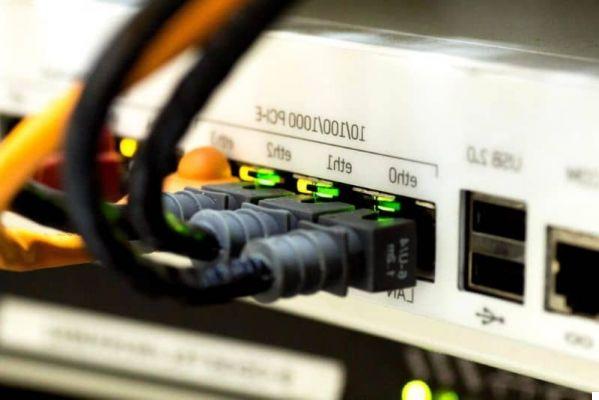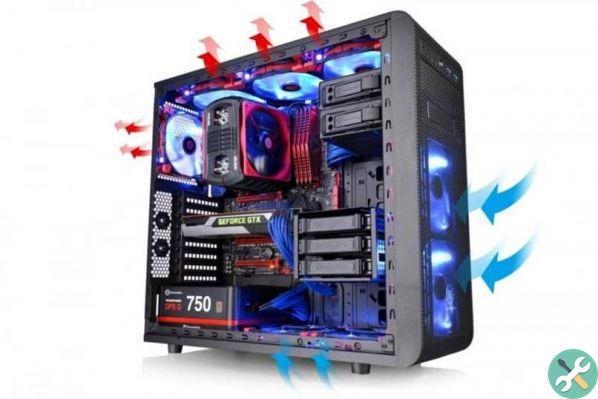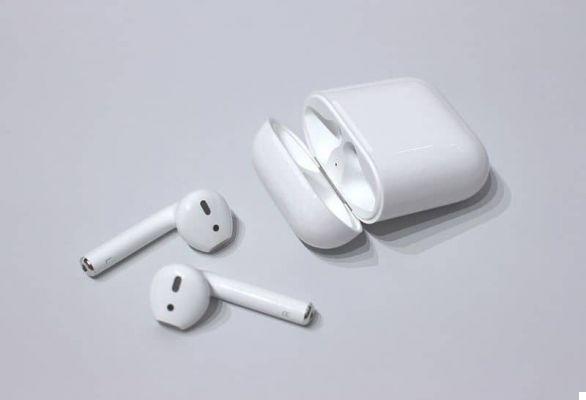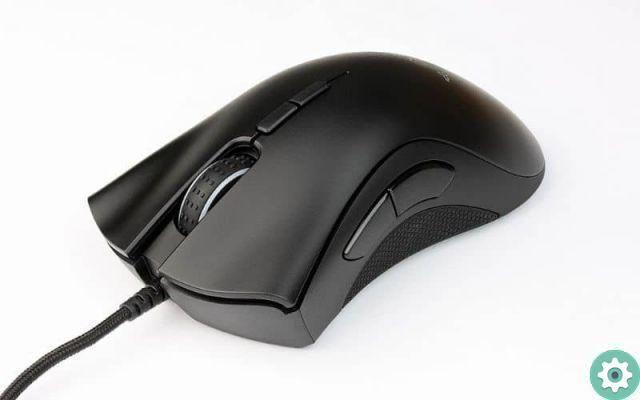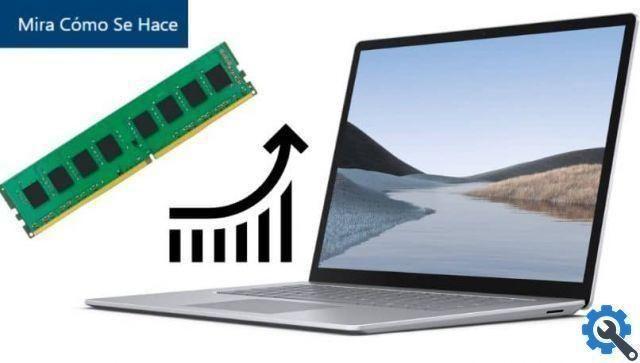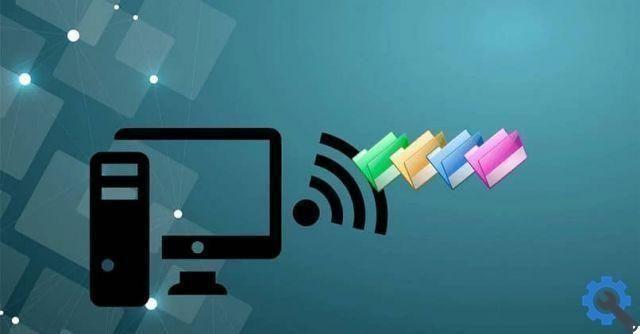Know each of the components of your computer gives you a more specific insight into how it works. And, in turn, it generates the knowledge necessary to improve the optimal performance of the device.
For people who are not studying computer science, but who want to know the wonderful world of how it works a computer, it can be difficult to understand at first.
Some people don't even try to understand this fun universe of components, plain and simple because it seems so complicated to them.
Output peripherals
The functioning of a computer is based on many elements, almost all equally essential, except for the motherboard (of greater significance). But there are some who don't get the attention they deserve.

This is the case with output devices. These devices, along with the input devices, are the ones that they channel a great deal of information on every action you can perform on your computer.
What are they for?
First, the input devices allow you, through the manipulation of external elements like keyboard or mouse, these are the most basic and essential, to send information to your computer: type a word, move the pointer or click.
It's here and enter the output devices are at stake. Once the action is performed through the input device, the computer processes it to represent it through the output devices.
Types of output devices
As mentioned above, the names of the different components of a computer go unnoticed, totally ignoring that they are part of a whole that is important for the proper functioning of a computer.
- Monitor: is the main and most important output device a computer can have. Through this device, you can graphically represent the result of each of the actions you perform by manipulating the input devices. These can vary in presentation and there are more and more models with a higher resolution quality
- Printers: multifunctional models of these devices are quite versatile. Enough to place you in both categories:
- They function as input devices when scanning or scanning tools for documents and images are used, but they can also be considered as output devices when ordering to print a file.
- In the market, you can also get a wide variety of these devices and all of them are considered to be output peripherals, even 3D printers.
- Sound: Performing the action of playing a song causes the speakers or audio equipment connected to the computer to work.
- Controlling the volume of other tools your computer offers may improve the quality of this component. Your computer can carry built-in audio devices, but they can also be thought of as headphone output devices and any other type of device designed to output the sounds your computer plays.
- Projectors: Like the monitor, these are used to graphically represent the actions that are performed through the input devices. They are special for actions related to playing multimedia content.
Other types of output devices
At least as far as graphical representation is concerned, monitors and projectors are not the only devices that can be used for this purpose.

More and more computers are making available other types of connectors other than traditional VGA, such as HDMI ports, to improve the quality of graphics, being able to be connected to quality televisions.
Similarly, i televisions are an ideal support as an output device, since, in addition to displaying images, it can also play the sounds of multimedia files on your computer.
Relevant information
That way, you already have pretty much a foundation on how computers work - it is a constant and intense exchange of information between different types of devices (input and output) that aid in the execution of commands or instructions, and the graphic or auditory representation of them.







